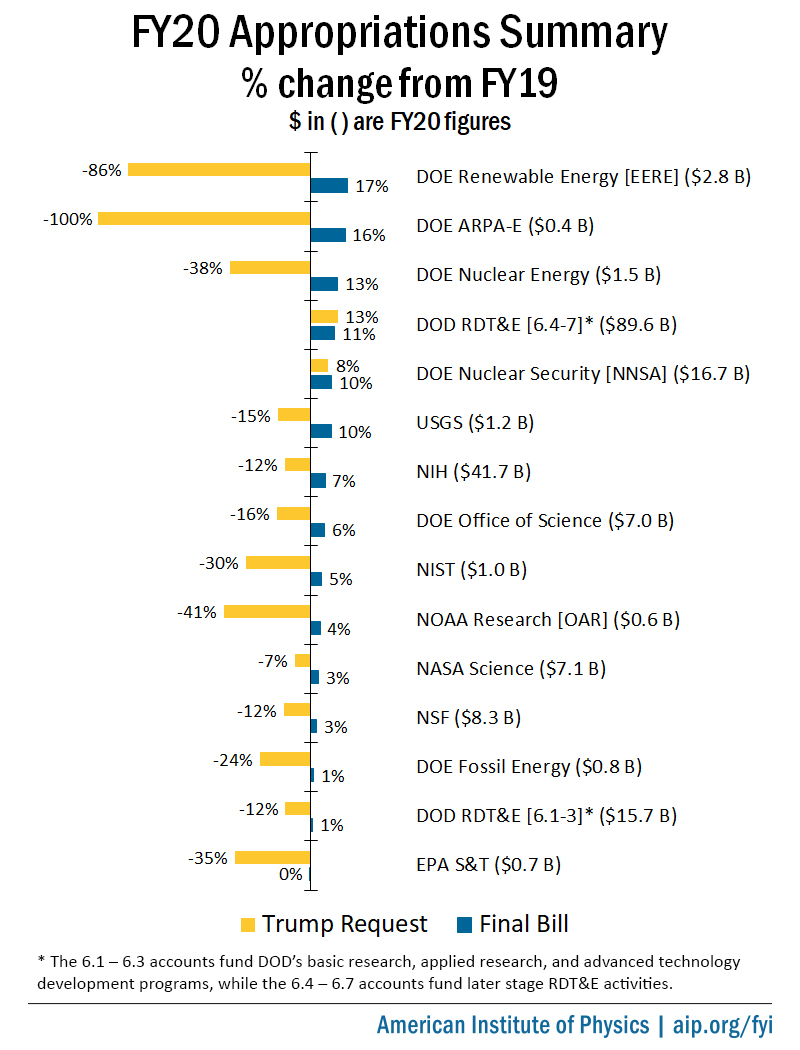An article appeared recently [CNNPhysics], written by Gregory Mone, a member of the writing staff at Popular Science. In the title of the article, he posed the question “Can this machine rescue physics?”. This article came to my attention when members of the BaBar collaboration began to comment on it. The primary issue here was the tone of the article – physics needs saving. The general criticism from my colleagues has been that the article makes it sound like the International Linear Collider is needed for job security in physics. But what does the article really say, and are the issues it raises valid? Did it miss more important questions?
The article begins by making the point that when the LHC begins operation, it will mark the start of a great move. The center-of-gravity of physics research will shift, for the first time in half a century, from the United States to Europe. The article credits the EPP2010 panel for ” . . . a bold comeback strategy: to build the biggest particle accelerator yet, a multibillion-dollar, 19-mile-long piece of mega-machinery called the International Linear Collider . . . “. It then cites critics of this approach, who worry that the ILC will ” . . . smother less glamorous projects”, recalling the SSC. Mone then discusses the scientific justification for such a project, and summarizes the immediately monetary costs, including a proposed $500 million U.S. investment in R&D for the ILC.
Overall, the article doesn’t appear to take the stance that the title implies; Mone doesn’t suggest that physics itself is in crisis, he merely cites Norm Augustine (chair of EPP2010) saying that foregoing the $500 million U.S. investment, and thus failing to mount a compelling bid to host it, is ” . . . tantamount to folding our hand.” The title of the article implies much more than Mone makes of the issue. He rightly cites the criticism of those not in the ILC project who worry that other science will suffer under budget pressure from the ILC. In some ways, this may have already begun. Here, I would note my own experience with the proposed Braidwood experiment, unilaterally cancelled by the Department of Energy’s Office of Science for reasons unspecified and prior to peer review. I can only speculate on the reasons, but they likely have much to do with reshuffling money and political will for the ILC.
What Mone may have done, besides choose a rather poor title, was miss the larger story: is science shaping policy, or is policy shaping science? This is a much more critical issue. Science, as a whole, is a process by which the most interesting questions or problems are identified and alternative paths to a choice are weighed. Policy, the act of mounting political will and financial resources behind a choice, is meant to take information from many sources, science certainly included. This really should be a one-way street (or, at least, a series of one-way streets that all merge into a single highway of policy). But in the last decade, we’ve begun to see a major shift and policy seems to influence science more than vice versa. An excellent example of this is global warming policy; while the scientific consensus is that the (a) Earth is undergoing a period of excessive temperature increase which (b) the evidence suggests is largely correlated with human energy and consumption activity, the policy in the U.S. has been to induce public skepticism, silence critics or suppress their appointment to key positions, and to support existing consumption modes rather than invest in alternatives.
The global scorching issue is a prime example of policy – support of existing industry practices and positions and personal consumption in the face of overwhelming evidence for a need to change course – influencing science. Environmental science has been targeted for funding crunches, NASA programs in Earth climate surveillance have been de-funded, and experts’ research has been individually targeted and used to suggest the body of all research is tainted. This is a perfect piece of policy running the wrong way on a one-way street, stopping up avenues originally designed for the free flow of scientific information.
Mone may have missed the same concern in physics, but let’s begin with his title. Despite apparent rumors to the contrary, physics is a science currently flourishing under new challenges. The measure of a healthy field is not only how many problems it has solved, but how many compelling challenges are left to it. Certainty, singling particle physics, there have been sweeping changes in our understanding of the universe. At the beginning of the 20th century, the comfortable world of the fundamental atom was rocked by the discovery of the electron, proton, and the neutron. As the century progressed, the comfortable fundamentalism of these three particles was shattered by cosmic ray and particle beam experiments, presenting us with a new zoo of strange and wonderful particles all seemingly fundamental to the universe (why else would they be?). Through careful theoretical work an a suite of experimental investigations, the zoo was reduced to just twelve underlying building blocks. Then everything changed again in this last decade, as we learned that all the order derived from those hard-won 12 particles is but 5% of the mass of the universe; the other 95% is made of stuff we haven’t even touched in our experiments, the dark matter and the dark energy.
So physics is not a science that needs rescuing. What does need rescuing? Science can only make progress with public and private money and resources, as well as will. Most U.S. physics is funded through the federal government, meaning we operate at the discretion of the American people. The National Science Foundation and the Department of Energy’s Office of Science, which fund almost all of the physical sciences, are the bodies who employ review practices and the power of budgeting for the sciences. It is through their gate that publicly funded physics research must pass (for the most part), and without their support large projects cannot go forward.
The NSF and DOE-SC are not independent bodies, separate from the political and financial considerations of the government. They depend of the discretionary spending budget proposed by the President and set aside by the Congress, a budget which has been and will continue to shrink over the next decade. They are not independent of the needs of other agencies, who while they cannot themselves lobby for their cause, have many private agents who speak on their behalf to Congress and the President (and who are better funded than private scientists going to Washington). This is the policy end, an end limited by the good will of the President, Congress, and the American People.
Mone should have considered, then, the following: what happens when a rich scientific field presents its priorities to the nation, and have those priorities stripped away one-by-one under financial and political pressure in or on the funding agencies? What happens when the peer review process isn’t allowed to work, and administrators begin to make decisions without the input of scientists (or against the recommendations of those same scientists)? This is the threat, and this is the situation from which physics needs rescuing.
For instance, the DOE-SC was asked to present a prioritized list of projects – facilities – that over a 20 year period it would fund as money became available. This was the first time the DOE-SC had done such a thing, and it was executed at the request of the administration. With the input of many scientific fields it proposed such a plan. If we look at the top 10 of this list, we begin to see a worrying trend. Remember, these are projects that are the top priorities of the fields they represent. ITER, a fusion facility, was finally sited in France after a lot of political argument, and was a program that the U.S. pulled out of, then bought back into. It may be underway, but the political machinations here and abroad tainted the science. The UltraScale Scientific Computing Facility – I can’t find anything recent about that one the web, anywhere, so I cannot comment on its status. The Joint Dark Energy Mission has an uncertain future, and with the massive restructuring of NASA for manned spaceflight and the cutting of science, Congress is directing DOE to “go it alone”. Since the DOE has never launched a rocket, who can say what will happen to JDEM? The Linac Coherent Light Source, needed for frontier biological and chemical research, is healthy and moving forward, a real triumph for the plan. The Rare Isotope Accelerator is another project in crisis, constantly being criticized by Congress for delays and cost. It goes on. Needless to say, the top ten are a mixed bag of healthy, sick, or cancelled (BTev, which I didn’t mention, is gone).
If a major funding agency, at the recommendation of a broad community of scientists, can’t stick to the top ten, what hope have we for things that were further down the list (either because of cost or needed R&D)? The ILC is lucky number 13 on the list, or “the top of the mid-term priorities”. It will cost many billions of dollars, and require a dedicated international team of nations and scientists to realize. The science will is there – I know hundreds of physicists who are eager to make the ILC happen. I also know hundreds who wouldn’t be involved, who worry about the cost and the use. That’s why the ILC has workshops, like the recent one in Vancouver, to include theorists and non-accelerator physicists in the discussion. Jodi represented the community of “direct-detection dark matter experiments”, who search for dark matter directly bouncing off their detectors.
This has been pretty long-winded – I’ll be the first to admit that – but I feel that my point is critical. We as scientists need to make sure that agencies like DOE and NSF, encumbered by politics and money, are using the science as an input to their policy without running their political traffic back up our street. Such agencies are supposed to work on behalf of the science, making the necessary steps to help secure enough money to realize the programs and facilities that could answer all of these difficult questions about nature (biological, chemical, or physical). What I worry about is that the pressure to race for an American dominance using the ILC, or the devaluing of environmental science over industrial wealth, will turn a well maintained scientific avenue into a political two-way traffic tie-up.
.. [CNNPhysics] “http://c.moreover.com/click/here.pl?r613543211&f=378”:http://c.moreover.com/click/here.pl?r613543211&f=378



